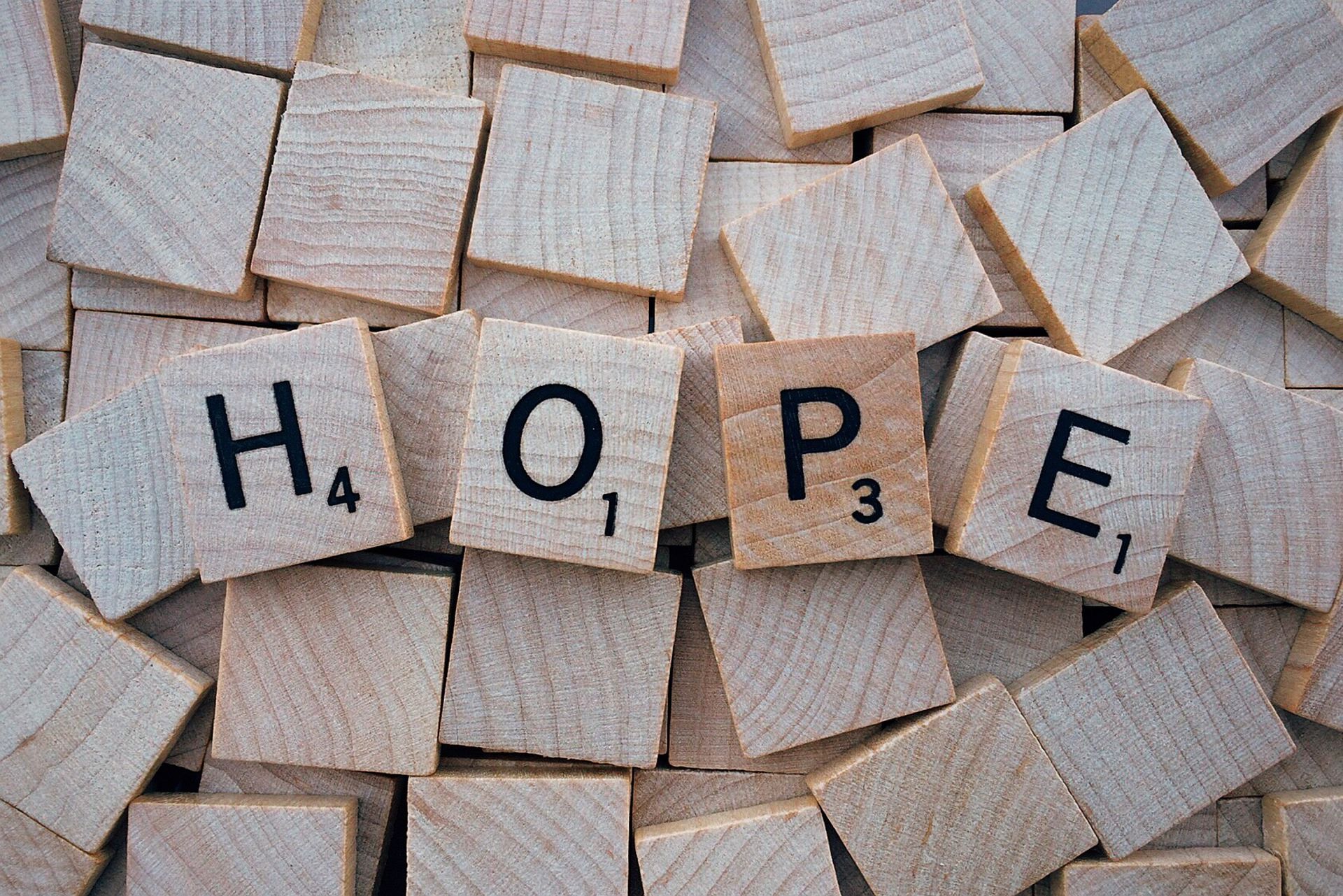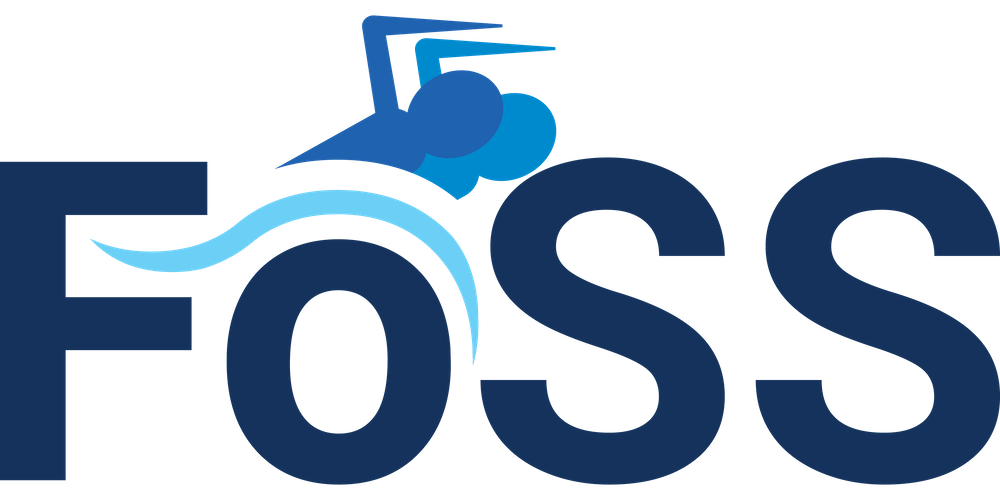Most people start therapy because they want change, even if they don’t know what that change might look like. Often, they dread identifying where change could benefit their quality of life. After all, starting a process with an unknown outcome can be scary. They may fear the unfamiliar process, leaving them in the hands of an ‘expert’ who will tell them what to do. However, that is not how it works. The only expert on their life in the room is the client, and my role is to help them realise this.
Some areas where therapeutic work can be done are fairly vague to the client. For instance, if someone struggles with low self-esteem, what does that even mean? And even if they have figured that out, how do they go about achieving better self-esteem? In short, to achieve a goal, one needs to define what that goal is exactly.

It’s impossible to work towards something if you don’t know what that something is. So, let’s try to define self-esteem and see if it resonates with you.
Self-esteem relies on external factors such as successes and achievements that we use to define our worth.
These factors can often be inconsistent, leading to feelings of unworthiness. This is often confused with self-worth, which is the internal sense of being good enough and worthy of love and belonging. You might think, “Great, now I understand what I am dealing with, but it still feels like a mammoth task to change my level of self-esteem. It is based on so many patterns and formed by so many experiences and external factors… How do I make that into a goal? Where do I even start? It feels like an impossible task because my patterns are so ingrained that I lose all hope.”
This is where the numbers come in. In solution-focused therapy, we can use scales to create perspective and hope. Numbers create some form of clarity and direction. When a client says, “My self-esteem has reached rock bottom,” it feels to them like the lowest of the low, an impossible task to raise it to a healthy level. But when I ask, “On a scale of zero to ten, where would you put your self-esteem?” the client might answer “one or two.” Then, we have already established that they didn’t quite hit rock bottom yet, and their perspective starts to slowly change. Having a more realistic perspective helps to work out what the next step or a realistic goal can be.
I then ask, “On a scale from zero to ten, where would you like your self-esteem to be?” Quite often, the client is fairly conservative in their answer, being careful not to bite off more than they can chew. “A five would already be great.” Maybe it is a wise choice not to aim too high for now; we can always work our way up even more later if they wish to do so. So, they said they are at 1.5 on the scale, and since they want to get to 5, they have to gain 3.5 units. Do they think this is achievable? Even when what these units precisely mean is not defined, the fairly low number we set seems achievable, and this creates hope. We can then break it further down. To get from 1.5 to 2.5, to go up by just one unit, what small changes can they make? At this point, we start the process of creative thinking, finding solutions or changes that the client can make, however small, to raise that number.
The impossible all of a sudden became possible, one step at a time.

The client now has more belief or hope that they can change how they feel by making changes in thought patterns, setting boundaries, changing their responses to others (for instance, learning to accept compliments and praise), or questioning and possibly changing some practical day-to-day circumstances.
After a while, we can revisit the scale. “How would you score your self-esteem now on a scale from zero to ten? Remember, the last time you felt like you were at 1.5.” The client is quite likely to score higher, and even if it is just one point, it is progress. That creates a sense of success, a little dopamine hit, which in turn creates motivation to carry on this path. So again, we can look at which changes the client can make to get from 2.5 to 3.5, one step at a time. What we do in reality is divide the mountain into manageable molehills. The numbers just make the process more visual and create the ladder the client can climb step by step.

This simple technique can be used in many different situations or issues and, once learned, can even be implemented in everyday life without the assistance of a therapist. It is one of those skills that can help us on our journey of self-development. It can be used to set goals, evaluate our progress, motivate us to carry on, and allow us to give ourselves a medal when we reach that goal.
Main – Image by WOKANDAPIX from Pixabay





